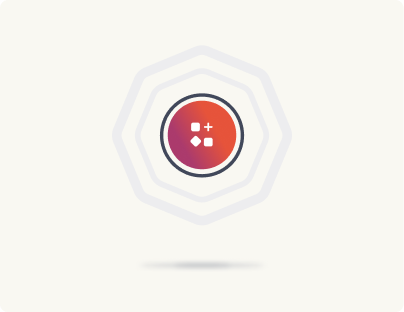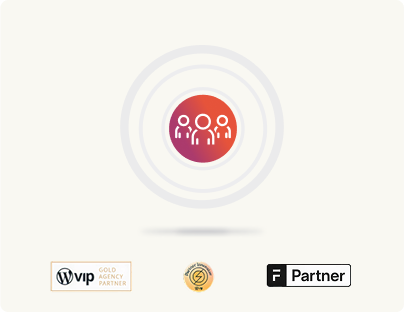Sanity CMS vs WordPress: Content creation and management
Content creation and management are the backbone of every digital presence, whether you’re building a simple blog, managing an e-commerce empire, or running a large-scale enterprise platform. A reliable CMS (Content Management System) not only organizes workflows but also ensures your team can deliver consistent, high-quality experiences across websites, apps, and other digital channels.
In this section, we’ll compare Sanity CMS vs WordPress, diving into their unique approaches to content creation and management. Both platforms offer robust tools, but their differences cater to distinct business needs. Here’s what we’ll explore:
Key questions addressed in this section
- How do Sanity’s developer-first tools, like the CLI and schema-driven modeling, compare to WordPress’ accessible installation process and custom post types?
- Which platform’s content management interface – Sanity Studio or the WordPress Dashboard delivers better usability for teams with varying technical skills?
- How do the collaboration features of Sanity, like real-time editing, stack up against WordPress’ revision management and plugin-enabled workflows?
- Are Sanity’s modular block system and Portable Text better suited for omnichannel delivery, or does WordPress’ Gutenberg Editor offer more flexibility for diverse content needs?
- Which platform’s media management approach – Sanity’s API-driven model or WordPress’ visual Media Library delivers more value for businesses managing extensive digital assets?
Whether you prioritize developer-driven customization or prefer user-friendly tools with extensive community support, this section will give you the insights you need to make an informed decision.
Getting started: Setup and configuration in Sanity and WordPress
Starting with a CMS can set the tone for how efficiently your team works moving forward. Both Sanity and WordPress offer their unique approaches, tailored to different levels of technical expertise.
Sanity CLI
Sanity CLI simplifies the initial setup by offering a command-line-based process. With a single command, sanity init, teams can create a CMS project, choose from templates like blogs or e-commerce sites, or start fresh with custom schemas. The CLI ensures projects are structured and directly linked to Sanity’s Content Lake, providing a clean foundation for content management.
While this process provides flexibility, it assumes familiarity with the command line, making it more suited for developer-driven teams. For businesses lacking technical resources, this can slow down onboarding or necessitate external support.
WordPress: Accessibility for all
WordPress is renowned for its 5-Minute Install, which enables anyone to get started with minimal effort. The platform provides user-friendly installation tools, such as one-click setups offered by hosting providers like Bluehost and SiteGround. For headless projects, developers can integrate REST API or WPGraphQL to connect WordPress with modern frontend frameworks like React or Next.js.
Unlike Sanity’s CLI-first approach, WordPress offers:
Pre-built themes: Thousands of themes are available to jumpstart design, eliminating the need to build from scratch.
Graphical customization tools: Users can configure settings, adjust designs, and install plugins directly through the WordPress admin interface.
Fast deployment: Non-developers can achieve a professional setup quickly, without needing command-line expertise.
Which setup fits your needs?
Sanity’s CLI-driven process is ideal for teams prioritizing schema-first structure but requires technical expertise. WordPress, by contrast, shines with its balance of accessibility and power, allowing businesses of all sizes and technical capabilities to hit the ground running.







